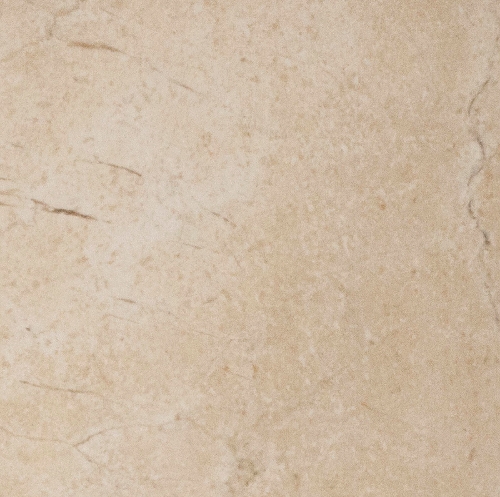Good transition key to adding tile flooring
DEAR DESIGNER: We've a tile question for you that I believe many others have as well as their homes age.
Originally we tiled about 50 percent of our home, mainly the foyer, garage entry, Nevada room, guest bath and kitchen with 12-inch-by-12-inch off-white, glossy tile and the two major bathrooms with dull off-white tile of the same size. The rest we carpeted in off-white, including the major hallways.
We have been in our home now for about 14 years and the carpet, especially in the halls, is showing its age and wear despite using protective runners.
We considered just recarpeting, but are inclined to rule that out since it was probably inappropriate to put carpet in our hallways in the first place. But we are inclined to keep carpet in some of the bedrooms.
Our problem is what kind and color tile to choose for the halls, the tiled baths, and possibly one or two of the bedrooms so that it complements the existing tile and doesn't look too much like a late addition, or patch work, to the overall flooring.
We'd like to keep the glossy tile. We attempted to buy sufficient additional glossy tile to place in the hallways and baths but learned that it was no longer produced.
So, can you suggest what we might do regarding color, size and placement of new tile so that it looks good and not like a patch job? - Howard
DEAR HOWARD: Because you like your existing glossy tile and want to keep it, I will be happy to share some ways to cleverly transition to a newer tile. However, my first choice would be to replace your existing tile with a newly selected tile.
When dealing with the same surface flooring, I prefer the flooring to be consistent. Like you, I am not a fan of patchwork flooring. However, it's perfectly acceptable to have variety when you are changing from one surface type to another. For example, tile in the hallways and carpet in adjoining rooms. But when changing from one tile to another tile, unity is important to keep your design plan flowing.
There are tiles made specifically for this purpose called border tiles. You can select a darker tile to border the rooms and then put a similar tile as your existing tile, in the center of the rooms. The border tile will distract the eye from the issue of the newly purchased tile being different from your existing tile. Or, use various colored border tiles to place in doorways to transition from room to room.
If you can't find the perfect style and color to coordinate with both your floors, consider having your tile installer make up a transition piece with cuts of your selected tiles mixed with several other tiles. Be sure these accent pieces have the colors of both of the tiles you are transitioning: white glossy tile like your existing floor and pieces of your new selection. Or, find a listello (Italian for thin strip) accent to use in those areas. Listellos are typically used for walls, but if used in a small area like a doorway, it will be fine.
Whichever transition piece you choose, be sure the tiles are the same depth. It's better to error on the side of too thin for the new tiles versus too thick. Extra thin-set can be put on the floor to float it to the height of your existing tile. Transitioning tile for consistency in design is one thing, transitioning two heights of tile not only looks bad, it would be a trip hazard.
For your new tile color, use a darker coordinating tile. Your floor will look like a well-planned design using a good border tile that repeats both tile choices while adding in a few others for interest.
You might also consider placing small cuts in the shape of diamonds, rectangles or triangles (called dots) of your white tile throughout your new tiled areas (if your new tile provides enough contrast to your white tile), to make the new area feel like it was well-planned and not an afterthought.
As far as the tile size, choose your new tile in a similar or larger size as your existing tile.
Have your installer show you different tile layout patterns. If your existing tile is in a traditional square pattern install your new tile in a diamond pattern so the difference in size won't be obvious.
Tile floors can be true works of art. When you must transition from one to another after the fact, use your creativity and don't be afraid to tap into the creativity of your designer or tile installer.
Cindy Payne is a certified interior designer with more than 25 years of experience, a member of the American Society of Interior Designers, as well as a licensed contractor. Email questions to her at deardesigner@
projectdesigninteriors.com or send them to her at Project Design Interiors, 2620 S. Maryland Parkway, Suite 189, Las Vegas, NV 89109. She can be reached online at www.projectdesigninteriors.com.



















